
OR
A self-sustaining museum
Published On: June 23, 2017 11:12 AM NPT By: Sangeet Sangroula | @SangeetJourno
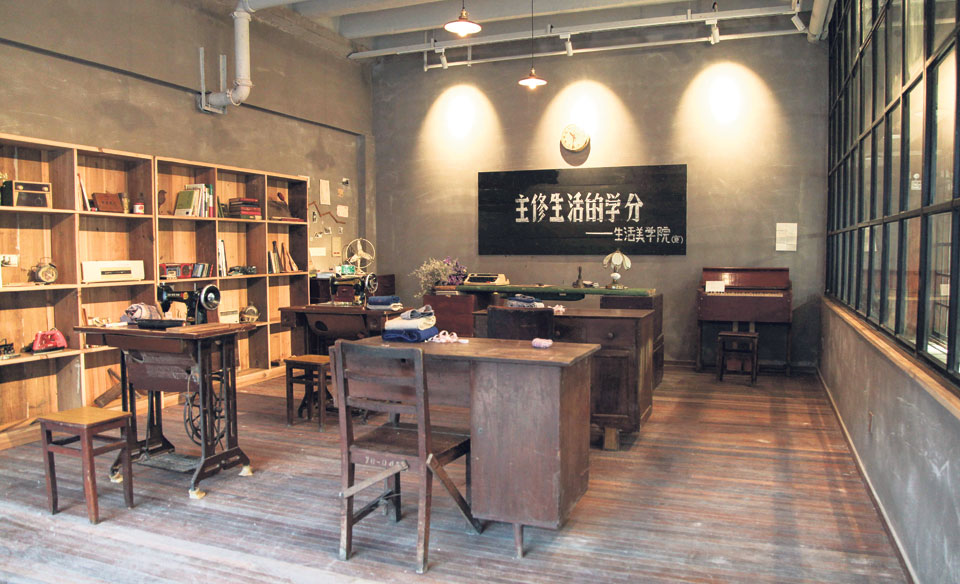
XIAMEN (FUJIAN): It all began when Yang Hanjing came up with an idea of opening a café with antique décor ten years ago. In 2007, Hanjing from port city of Xiamen, China quit his job as the head of creative department of an advertising agency and rented an old villa built in 1950 to set up a cafe.
“I always dreamt of owning a café decorated with antique household items. So I quit my job and decided to pursue my dream,” said the 32-year-old Hanjing. He describes himself as “someone who has always been fascinated by old, antique things”.
Since he wanted to use old, outdated household items for interior decoration of the villa, Hanjing initiated the task of collecting ordinary household items that were 50-100 years old from locals in several cities of the Fujian province.
He hired and mobilized around 42 individuals in various cities of the province to contact families that possessed such household items and then bought them.
“The process of collecting the items was time consuming and difficult. Identifying families willing to sell their old household items took a lot of time,” he said.
Hanjing mentioned that none of the families were ready to part with their old things for free, and that left him with no option but to haggle for a reasonable price and then buy them.
But slowly and steadily, items started coming into the villa.
“My collectors would not just come with the antique items but also shared stories behind them as narrated by the families,” he said, adding, “The stories really offered deep insights not only into the past lifestyle of the province but also, I would say, old China. It really fascinated me very much.”
He said that the stories shared by families fascinated him so much so that it changed his “modest liking” for old, outdated, vintage household items into an obsession.
According to him, it took his team more than three years to collect over 3,000 antique household items. The collection ranged from antique furniture like tables, chairs, beds, bookracks and closets to other household items like table fans, rotary telephones, abacus, table and wall clocks, pianos, typewriters, sewing machines, lamps, cassettes and cassettes players, books, vintage black and white televisions, wall paintings, photographs, books, flower vase, ceramic dishes, artifacts and traditional ceramic tiles, among other various items.
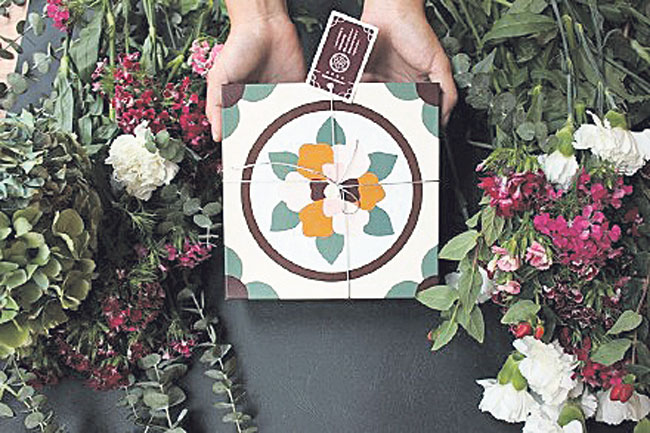
“I liked the 20th century traditional ceramic floor tiles and ceramic dishes most above all the collected items for their unique flowery designs,” he shared.
He said that he spent over 10 million RMB to purchase the old items in the duration of three years including salaries of his staffs and rent of the villa, among other expenses.
In 2011, after three years of collection, his dream finally materialized. But in 2014, Hanjing decided to transform his café into an architectural art museum named “Good One Old Storage.”
“All the cities in China have changed a lot with rapid development and modernization and our memories are fading away with every passing year. So, I thought transforming the café into a museum would serve better to help people understand the recent past in relation to the present day,” he said.
Access to the museum is free for visitors and Hanjing has made the museum self-sustaining by manufacturing cultural products. His team now manufactures old style Chinese floor tiles and ceramic dishes, popular among people in Xiamen until 1990, and sells them.
“As ceramic items have unique cultural value, we decided to manufacture them and use the profit to sustain the museum,” he said, adding that his museum has not had to seek funds from the local government or any other organizations so far.
“Instead of charging entry fee, we encourage our visitors to buy our products. This way, we are creating market for our products,” he shared.
He said that his company has been selling the ceramic items to visitors as well as supplying them to other cities as well. “Both local as well as foreign tourists buy our products as gift items,” he said.
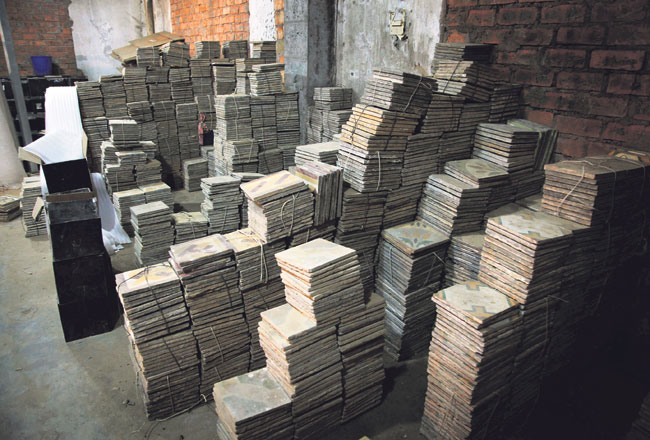
In a bid to support the museum, the local government in Xiamen has decided to use the ceramic tiles at Xiamen Gaoqi International Airport. Similarly, Hanjing and his team have set up a traditional style kitchen inside the museum where, for a certain amount, visitors can experience the traditional cooking style.
“This is also a part of our business model to make the museum self-sustaining. This way, we have not only been able to sustain the museum but also create jobs for over 72 individuals and make money as well,” he shared.
His team is now planning to set up a similar old household items museum in other big cities of China like Shanghai, Hangzhou, Nanjing, Beijing, and Guangzhou.
“State-run museums can also be made self-sustaining by finding ways to support them through entrepreneurship,” concluded Hanjing.
sangroula.sangeet@gmail.com
You May Like This
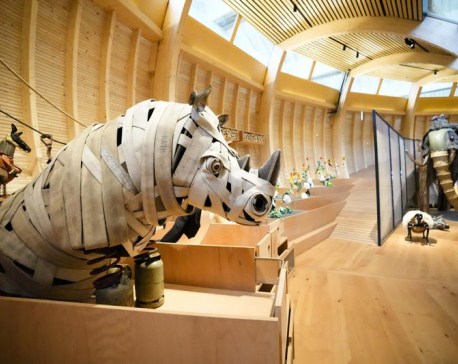
Jewish Museum in Berlin opens kids’ museum about Noah’s Ark
Torrential rain pours down, waves break and big puddles splash as visitors enter the new children’s museum at the Jewish... Read More...
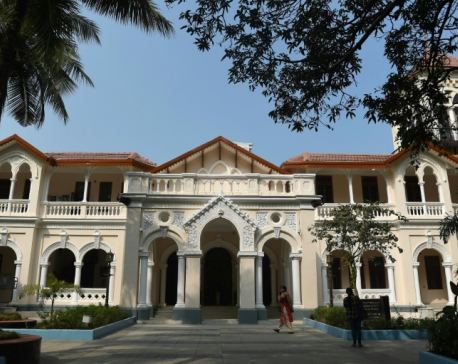
First Indian film museum opens in Bollywood
MUMBAI, Jan 29: From silent black-and-white films to colourful blockbusters bursting with song and dance, the evolution of Indian cinema... Read More...

Gorkha Museum sees rise in visitor footfall
GORKHA, Nov 6: The number of visitors to the historical Gorkha Museum is on the rise. According to Suchana Bhadel, the... Read More...

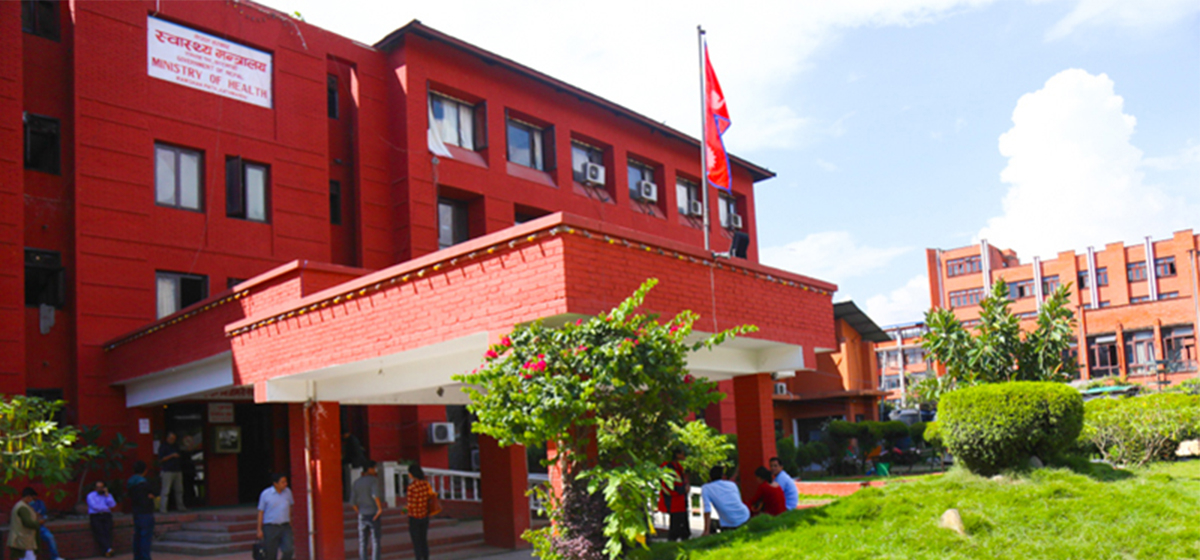
Just In
- In Pictures: Families of Nepalis in Russian Army begin hunger strike
- New book by Ambassador K V Rajan and Atul K Thakur explores complexities of India-Nepal relations
- Health ministry warns of taking action against individuals circulating misleading advertisements about health insurance
- UAE secures spot in ACC Premier Cup final, defeating Nepal by six wickets
- NC to boycott Gandaki Province Assembly, submits letter to Speaker
- 850 grams of gold seized from Indian national at TIA
- Rupandehi District Court orders to release Dipesh Pun on a bail of Rs 400,000
- Teachers’ union challenges Education Minister Shrestha's policy on political affiliation











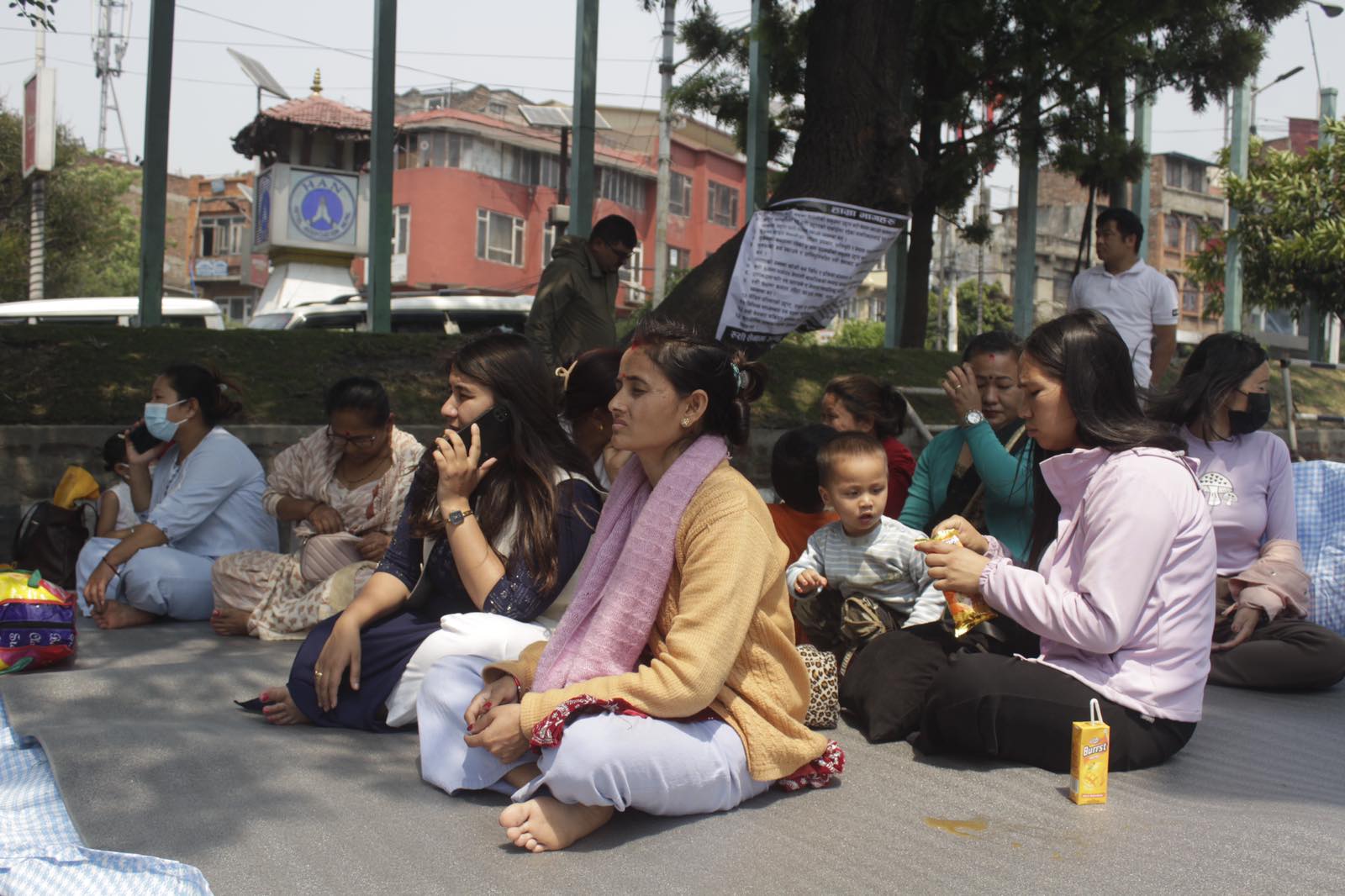

_20240311121839.jpg)


Leave A Comment